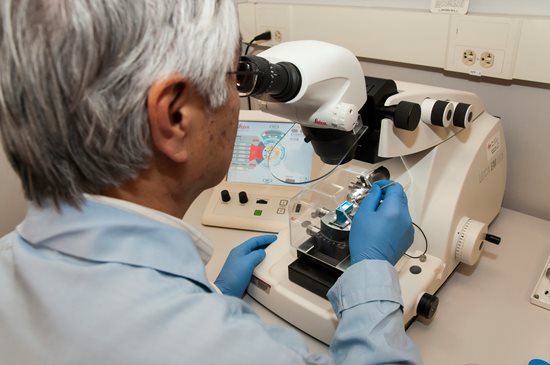Download this guidance as a PDF
In this guide, we’ll cover how to make the most of your opportunity to publish content with the British Pharmacological Society (BPS), including:
- What medium your idea is best suited for
- Writing tips
- Using imagery
- How content is developed and published
Blog, longform article or video?
The first step is to pick what type of content you want to produce. Blogs, longform articles and videos all serve different purposes, so the best way to guarantee the audience will engage with your idea is to pick the right medium.
- Blogs (400-600 words): Best for more informal, shorter ideas, such as opinion pieces, reports about BPS events, encouraging people to get involved in a project, or marking an awareness day.
- Longform articles (800-1100 words): Best for deep dives into complex subjects, interesting and unusual pharmacology, interviews, or detailed reports on a process or project you have worked on.
- Videos (1-10 minutes): Best for interviewing someone about their work, or using visuals to explain your scientific research as you talk the audience through the process.
Writing, scripting and interview tips
Regardless of your medium, the best way to reach a wide audience is to make your content: accessible, easy to understand. relevant, unique and interesting.
You can achieve this by:
- Being concise: Use headings, keep sentences short, and always bring the idea back to your original argument or idea.
- Keeping it clear: Avoid jargon and acronyms, and explain complicated ideas. Write or talk in plain English so it’s easy to follow.
- Applying it to recent news: Has your story been talked about in the media or in journals lately? Provide links throughout for further reading.
- Creating conversation: Encourage readers to share their opinions on the ideas you share, either by commenting, or getting involved in your project.
Using imagery
If you choose to include imagery, you must ensure the following:
- If you are using photos from events, please ensure photographers consent to the use of their images by the BPS, and that those in the photos consented to being photographed.
- If you are using stock imagery, ensure it is license-free. You can find license-free imagery on websites such as unsplash.com or freepik.com, or you can ask the BPS editors to help you source images.
- Make sure photos are high-resolution. Please send photos by email or a transfer site, rather than through a Word document.
- Make sure the images you choose enhance the messaging of your content; too many photographs can make readers scroll away from the content!

Figure 1: A clear image, sourced on Unsplash, with a caption that describes the image
The publishing process
The BPS content board is here to support you through each step of developing and publishing your content. Here is the normal process once a pitch is approved:
- We set a publication date with you, and deadlines for the draft and final copy.
- You work on your first draft, with advice as needed from editors.
- Our editors peer review your draft, and return it with comments.
- You return a final draft alongside an author bio and photograph of yourself.
- The managing editor does a final house style and grammar check before publishing the content on the website.
- Once live, the article is shared on BPS social media accounts and other platforms, and we encourage authors to share it among their personal networks too.
Questions
If you have any questions or need further advice, please contact editorialpm@bps.ac.uk.
If you are ready to pitch an idea, visit the pitching page.